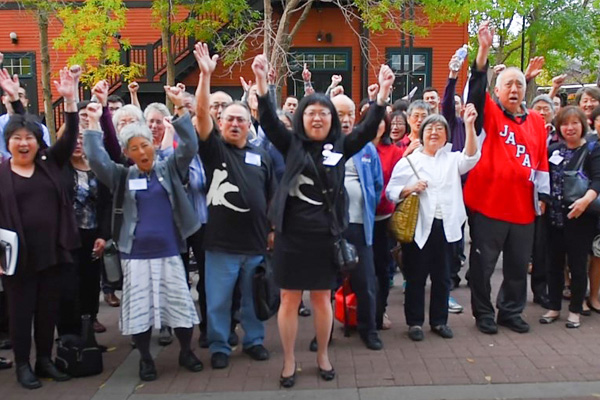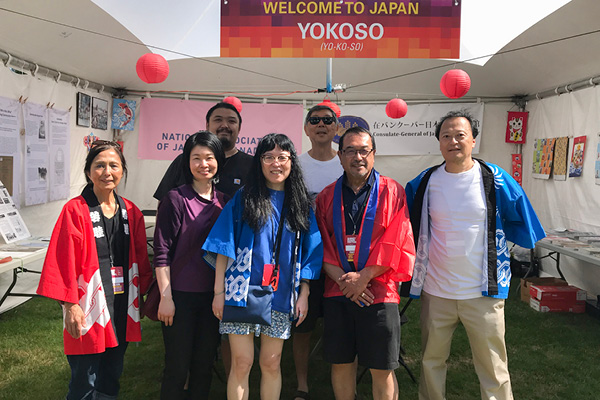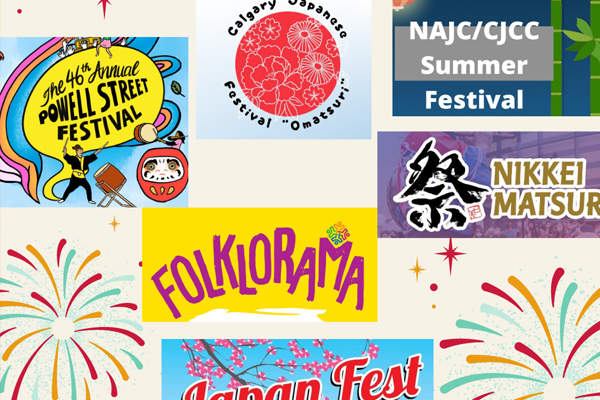 I mentioned earlier that Oppenheimer Park, known as Powell Street Grounds (or remembered as Paueru Groundo by people like my parents, who as immigrants settled in this area), is currently being re-designed for more effective use by this Downtown East Side community. I noticed last week that several new cherry trees were recently planted at this site. Currently, there are workshops being conducted by the City of Vancouver’s Park Board representatives and their Consultant, to consider how the Park’s historic significance would be memorialized, recognizing the changes in recent demographics which undoubtedly will affect future development of this area and use of this Park.
I mentioned earlier that Oppenheimer Park, known as Powell Street Grounds (or remembered as Paueru Groundo by people like my parents, who as immigrants settled in this area), is currently being re-designed for more effective use by this Downtown East Side community. I noticed last week that several new cherry trees were recently planted at this site. Currently, there are workshops being conducted by the City of Vancouver’s Park Board representatives and their Consultant, to consider how the Park’s historic significance would be memorialized, recognizing the changes in recent demographics which undoubtedly will affect future development of this area and use of this Park.
Powell Street Festival, which held its first event in 1977, to mark the Japanese Canadian Centennial, and continues to this day to attract thousands of participants yearly, likely drew the attention of the Park Board to remember the colourful history of this area. As well, there is also no doubt that Asahi Baseball Team’s induction into Vancouver Sports Hall of Fame (and to Canadian Baseball Hall of Fame) has produced a greater interest in this Park. This is the Park where incredible games were played and where, if only for the brief duration of an evening’s game, fans felt a leveling of the playing field, as their beloved Team won successive league championships. It was also a Park (produced in about 1902) used by workers as site of demonstrations and union rallies throughout its history.
Beyond the work already undertaken to re-design the Park, the City of Vancouver’s Central Area Planning has begun a historical and cultural review of Powell Street area, commonly known as Japantown (Nihonmachi).
While this area was inhabited historically by different groups of people, it was the Japanese Canadian settlement, beginning as early as in the late 1880s when the first workers arrived at Hastings Saw Mill, which developed an identifiable community with its own infrastructure. In 1941 the residents were rounded up and relocated to internment sites by the Government of Canada. The New Canadian headline of June 27, 1942 lamented, “The Life Blood is Drained From The Heart Of The Community.”
Undoubtedly, Nihonmachi was remembered by our parents and grandparents, with nostalgia, mythologizing it as a place of comfort, where everything they needed were found within a few blocks, including friends, relatives, and supporting institutions, all speaking the same language. However, for the nisei, the second generation, educated in the Canadian school system, it was an imprisoning ghetto, as they had little option but to remain, as professional or licensed occupations available to others in Canadian society were not open to them without the right to vote.
If you have thoughts to share, or sources of information, relevant to the history and community heritage of Japantown, please send them to national@najc.ca and we will direct them to the City Department for their information.
Note: The Japanese Canadian Redress Anniversary (1988-2008) program and registration form are expected to be published on NAJC’s website by the second week of April. I hope you will register as an EARLY BIRD. Thank you.
Grace Eiko Thomson
President



